![Dressed in bomb-squad protective gear, Uri tries to learn how to juggle using three hand grenades on a hill above the holy city. A year ago a terrorist-planted bomb exploded in a bus carrying Jews through West Jerusalem. “I arrived two minutes after the explosion,” says Uri. “There were shoes, fingers, glasses, blood. It was hell.” During the last 12 months the team has defused 36 other such devices. [1984]](https://api.time.com/wp-content/uploads/2014/09/140929-bombsquad-002.jpg?quality=85&w=2400)
In December 1984, LIFE magazine—then in its two-decade-long run as a monthly—published an article and photographs on “the busiest bomb squad in the world.” Written by David Friend and featuring pictures by J. Ross Baughman, the article, “Disarmers of Terror,” chronicled the professional and personal lives of a never-before-photographed Israeli bomb squad in Jerusalem. Here, 30 years later, with the Israeli-Palestinian conflict still front and center in the headlines, LIFE.com presents a series of Baughman’s photos from Jerusalem, many of which never ran in LIFE, as well an excerpt from his new memoir, Angle (VisionsPress, 2014), in which he recounts the bomb squad assignment.
An admirer of photographers as varied in tone, legacy and method as W. Eugene Smith, Larry Burrows and Richard Avedon (“From Avedon, I learned how to get beneath the skin of my subjects.”), Baughman told LIFE.com that, when it comes to photojournalism, he believes “the work that lasts longest will bring some question, some compelling public interest, into the sharpest possible focus. . . . Wise photojournalists must not leap at random opportunities. Instead, we must ask ourselves, and persuade editors and viewers as well, that we have been endlessly patient, and found an amazing subject that crystallizes their greatest concern. Then starts the hard part of winning the subject’s trust, becoming the story’s co-author along with them, and then turning yourself invisible.”
[Excerpted from Angle: Fighting Censorship, Death Threats, Ethical Traps and a Land Mine, While Winning a Pulitzer Along the Way, by Ross Baughman]
In the fall of 1984, David Friend asks me to join him in Jerusalem. He has a wonderful opportunity for us to spend time with the busiest bomb squad in the world. The level of Palestinian commando attacks is now at an all-time high. This will certainly make an interesting opposite side of the coin for my earliest proposals to . . . LIFE back in 1979. In that proposal (which LIFE turned down) I had been invited to go along with Palestinian commandos as they took hostages somewhere in the Israeli capital.
One terribly serious limitation will be that my photos cannot put the bomb squad into extra danger from assassination. Although they have agreed to let me shoot everything about their dangerous work, I must compose each shot to carefully avoid making any of their faces identifiable. . . . I must slice away enough of their faces to save these guys from death. I am literally holding their faces and their lives in my hands. The healthy tension is that I want to show as much of their faces as possible, but I must make it impossible for an assassin to hold one of my pictures and use it on the street to comb through passers-by and positively identify his victim.
David and I end up staying for thirteen days of nearly round-the-clock shooting, which is all on color negative film. Picture editor John Loengard likes the look of the ASA 400 emulsions because we can shoot under available light and all the subtle color shifts can be corrected at the TIME-LIFE lab.
The magazine’s editors devote so much space to the pictures that my heart goes out to the staff reporters and writers who must craft weeks’ worth of details with incredible skill and efficiency. The text in a LIFE layout never jumps over to another page. Each thematic “beat,” to use our designers’ term of art, must be tailored word by word into the perfect fit. Here is a sample of David’s reporting:
“For me, the worst part of the job is on the way to the device. But once I attack it, I’m okay. I want to show the bomb that I am the best.” Uri is the best. He is on the bomb squad of the Jerusalem police, the most experienced such team in the world. Uri and his elite crewmen answer an average of twenty-seven calls a day from the city’s 410,000 citizens, who have been conditioned to report all suspicious-looking objects. Since 1967, when the Arab-Jewish city was reunited by the Israeli Army, explosives hidden in cars, flowerpots, even baby food jars have killed sixty and wounded seven hundred—most of them Jews. Now militant Israelis are planting bombs, too.
The typical bomb disposal expert burns out after five years. Until then, however, he is an addict to the adrenaline rush of constant danger. “We face a moment of utter mystery when we go up to the device,” says Benny Amedi, thirty-two, head of the Jerusalem unit. “You have only a second to figure it out, and a switch in your head turns off everything else. You neutralize the device—and that’s when the orgasm comes, the erotic moment.”
For the bomb squad, the enemy had always been Arab. But this fall twenty Jews went on trial for terrorist activities against Palestinians living in Jerusalem and the Israeli -occupied West Bank. Bombs allegedly placed by a Jewish underground on five Arab buses—a plot that precipitated the indictment—were dismantled by the Jerusalem team. In fact, ten of the twenty-three acts of terrorism in the city this year are thought to be the work of Jewish extremists.
[Uri] takes a tough, realistic view of this latest terrorist adversary. “This new Jewish underground—I hate them the same as I hate those who put the devices on Jewish buses,” says Uri. “Our religion holds that if you save one person in the world, you save the whole world,” he says. “We are,” concludes one of his teammates, “the only pacifists in the country.”

I know I’ll have to get all my photographs cleared with the Israeli military censors before taking them out of the country. . . . I certainly don’t want to get into the act of having my negatives clipped into pieces the way the Rhodesian censors had done it, and luckily, they are very relaxed and feel like LIFE has already been embraced by the top brass. I turn over a funny little album of 3″ x 5″ prints in a small red plastic album (which is now part of the Baughman Collection on Photojournalism at the Smithsonian’s Museum of American History in Washington.) The censor has never seen such gritty compelling pictures gathered together like vacation snapshots. His fascination makes it all the easier for him to thump an official rubber stamp on the cover and send me on my way. No haggling, no magnifying loup to examine my negatives. That’s all there was to it.
It turns out that Shimon Peres is on the same El Al jet [on our flight home], sitting up in the swollen upper deck of the 747. When he finds out what David and I have been working on, and that we would like to add him to the story, he is totally open and gracious about asking us to join him.
Because the story has this clear, front-page news quality to it, LIFE’s editors are glad to rearrange the December issue and rush it into print. . . .
Michigan native J. Ross Baughman began working in journalism in 1975, when he was hired by The Lorain Journal in northern Ohio. After leaving the Journal and taking a job with the Associated Press, he became the youngest professional ever awarded the Pulitzer Prize, in 1978, for his coverage of the guerrilla war in southern Africa. He was just 23.
(Click on the image at left to see the full-size version.)
Baughman has lectured internationally on journalism ethics and was the founder of the Visions photo agency. Besides covering wars in 11 countries, his work has appeared everywhere, from LIFE to Vanity Fair, Newsweek, Time, Stern, The New York Times Magazine and Vogue.
In his work as an investigative photojournalist, he has been spit upon, shot at, stricken by encephalitis, had his arm broken by a New York drug dealer, was lined up for execution by a Neo-Nazi, had his ear drum blown out during a Palestinian mortar attack in Lebanon and was thrown into a Zambian prison for six weeks when suspected of spying. He has intentionally placed himself next to a tornado and got his leg blown apart by a land mine in El Salvador. During the Jerusalem bomb-squad assignment, Baughman wore an Israeli military uniform (Kevlar vest, khaki trousers and a specially marked royal blue t-shirt) so he could move freely through IDF security cordons and photograph the bomb squad unchallenged.
He served as a senior editor, assistant to the executive editor and director of photography at The Washington Times for 10 years; has advised the Robert F. Kennedy Memorial Foundation on its journalism awards; and served as the education chair of The White House News Photographers’ Association.
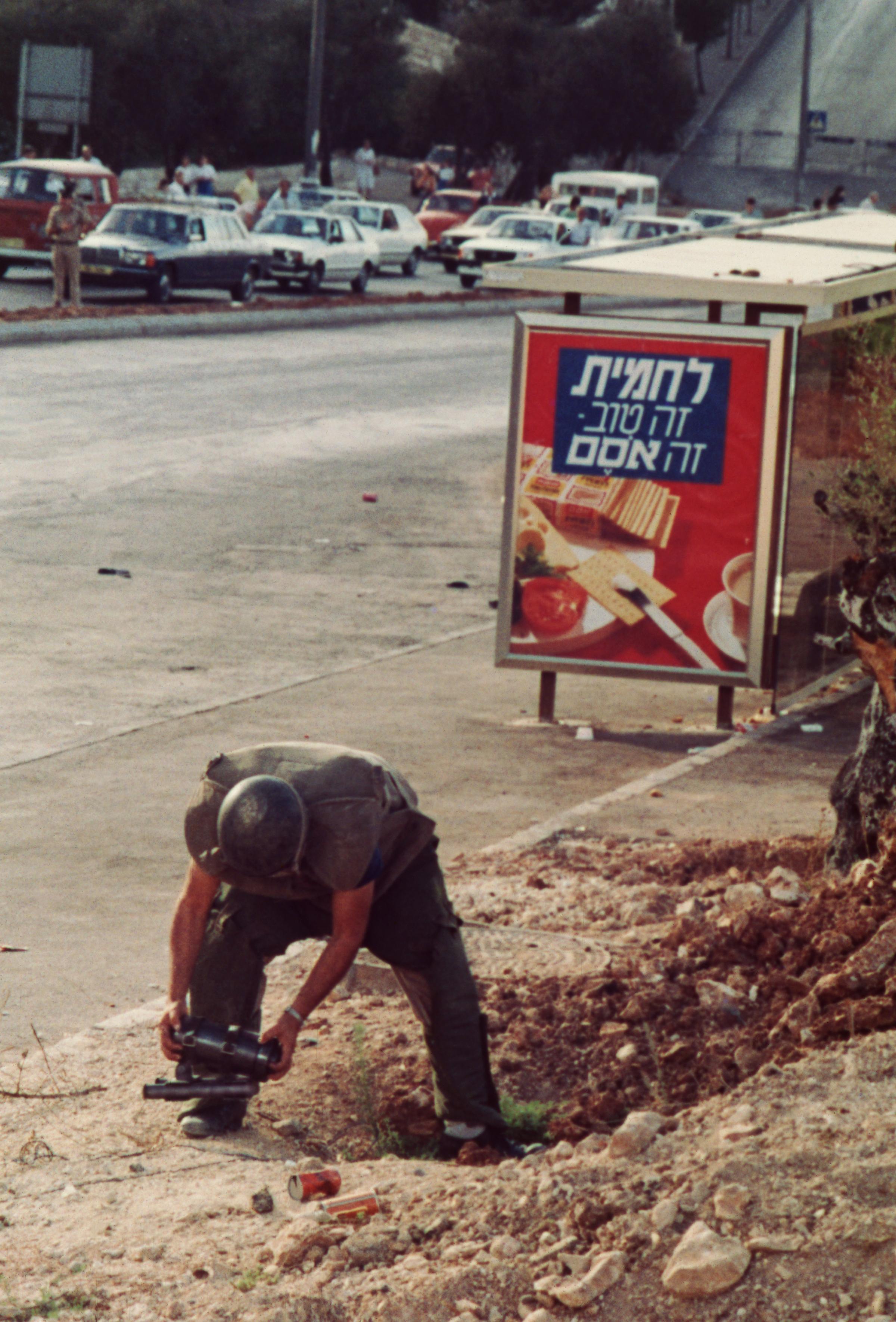
![Dressed in bomb-squad protective gear, Uri tries to learn how to juggle using three hand grenades on a hill above the holy city. A year ago a terrorist-planted bomb exploded in a bus carrying Jews through West Jerusalem. “I arrived two minutes after the explosion,” says Uri. “There were shoes, fingers, glasses, blood. It was hell.” During the last 12 months the team has defused 36 other such devices. [1984]](https://api.time.com/wp-content/uploads/2014/09/140929-bombsquad-002.jpg?quality=75&w=2400)
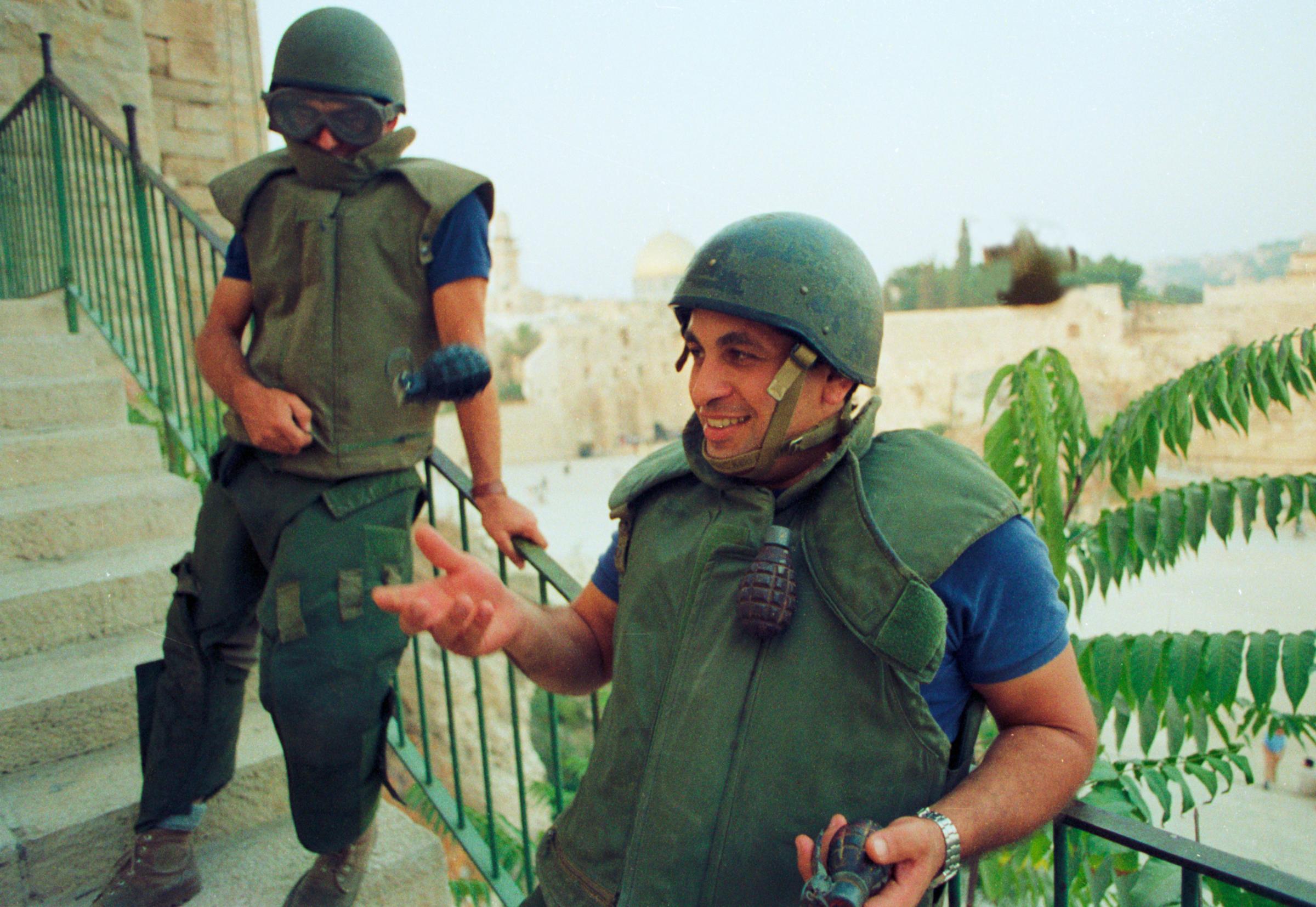
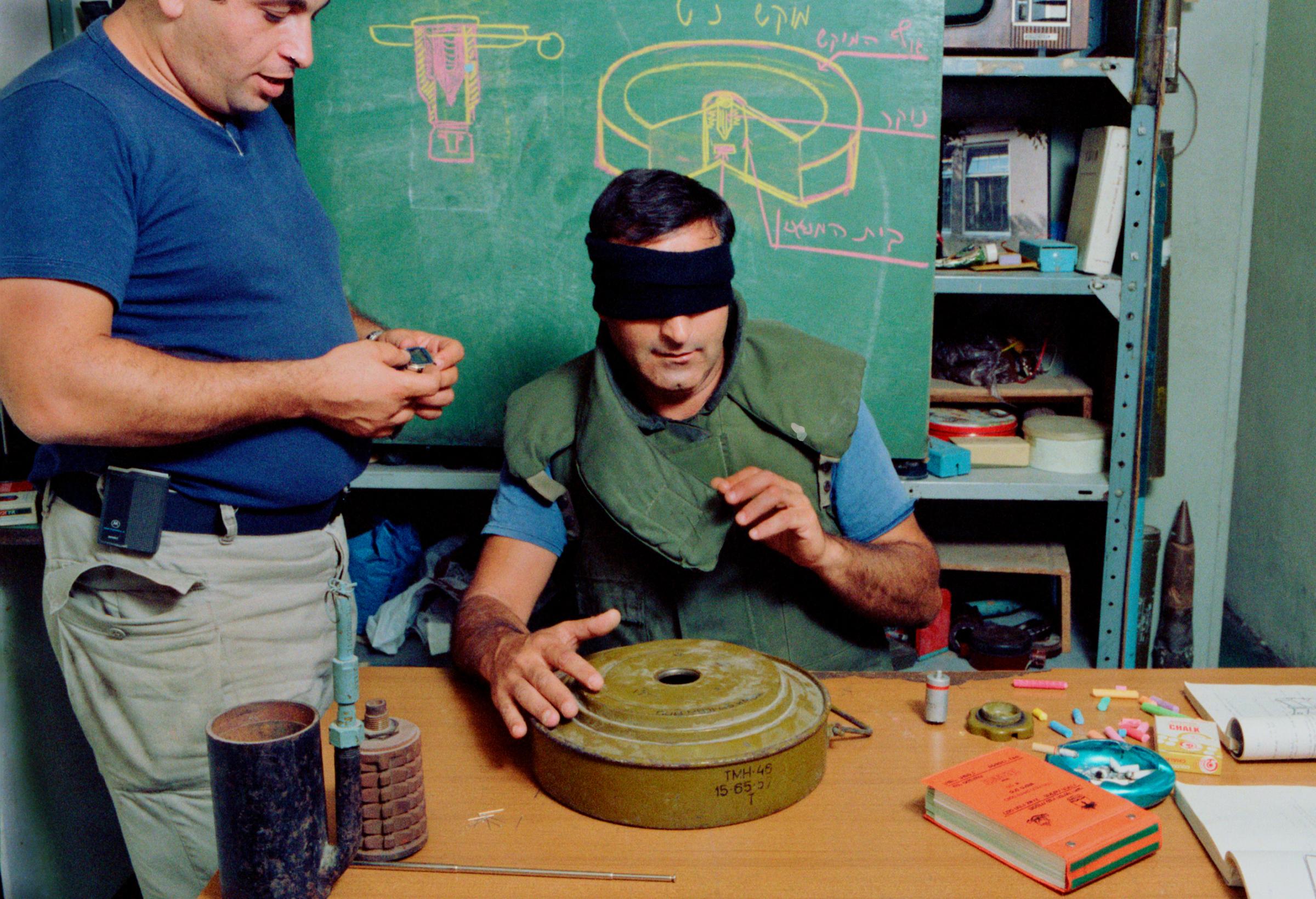
![Uri, an Israeli bomb squad officer, says goodbye to his children in the morning. [1984]](https://api.time.com/wp-content/uploads/2014/09/140929-bombsquad-005.jpg?quality=75&w=2400)

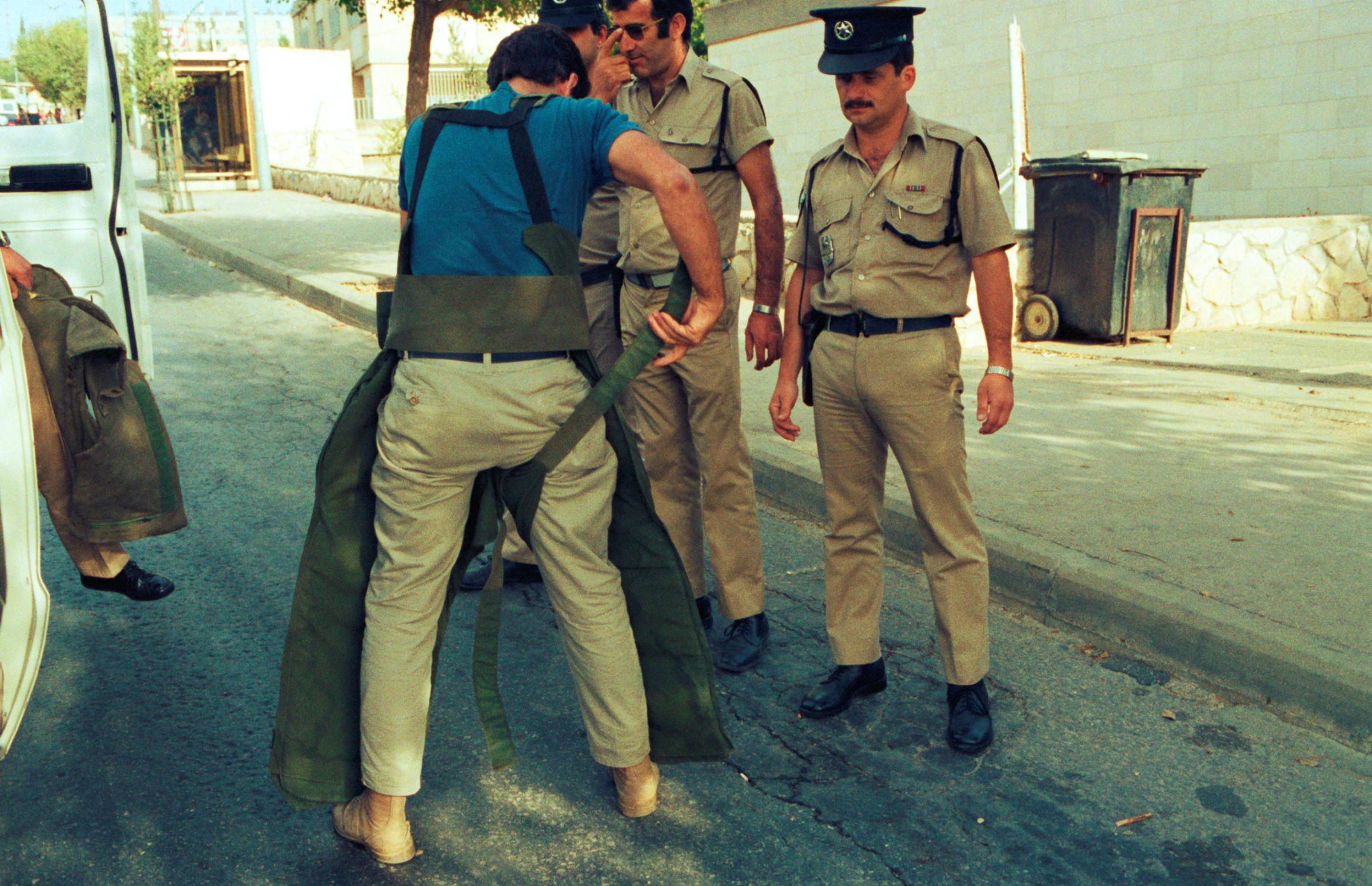

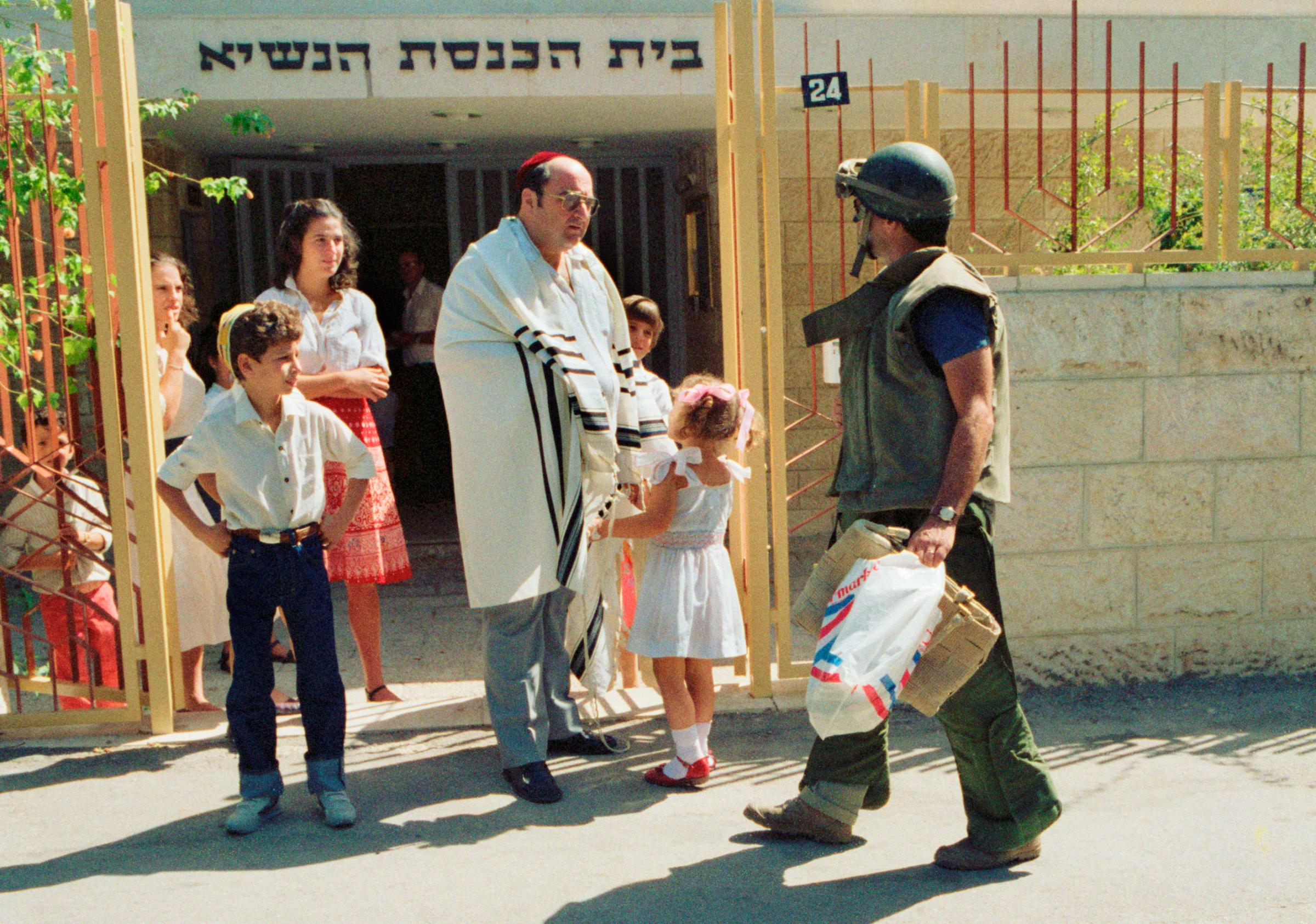


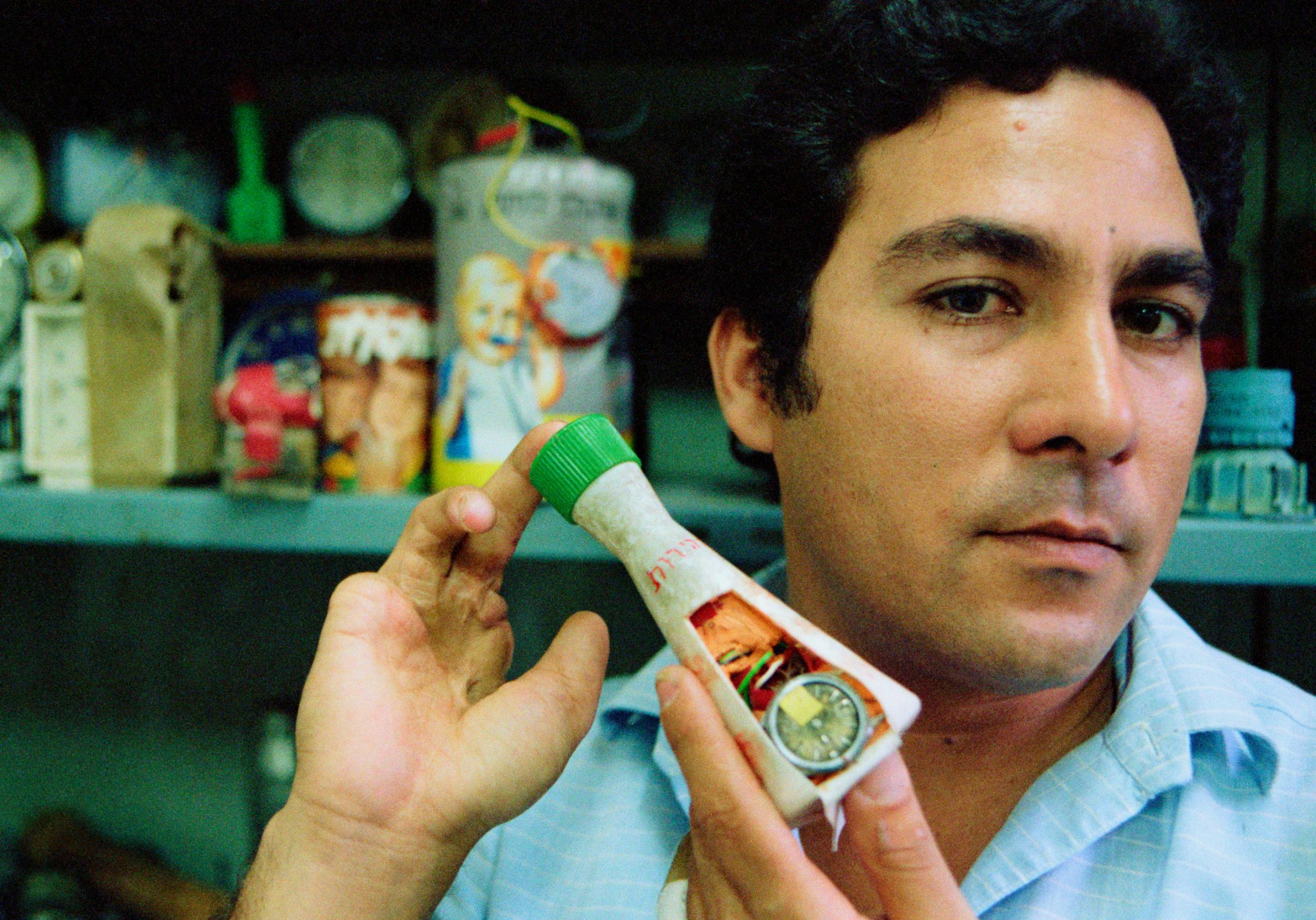

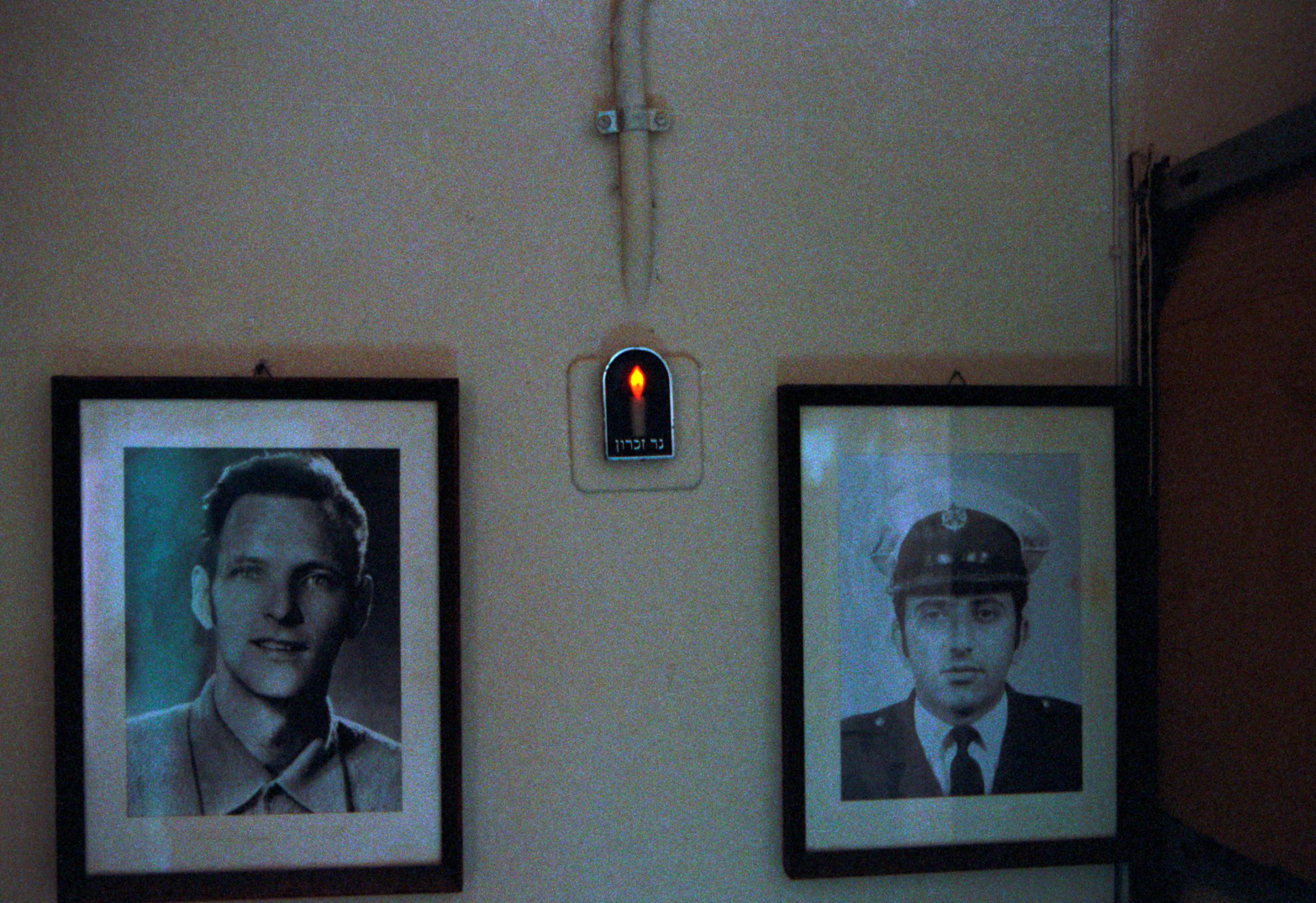

More Must-Reads from TIME
- Inside Elon Musk’s War on Washington
- Meet the 2025 Women of the Year
- The Harsh Truth About Disability Inclusion
- Why Do More Young Adults Have Cancer?
- Colman Domingo Leads With Radical Love
- How to Get Better at Doing Things Alone
- Cecily Strong on Goober the Clown
- Column: The Rise of America’s Broligarchy
Contact us at letters@time.com